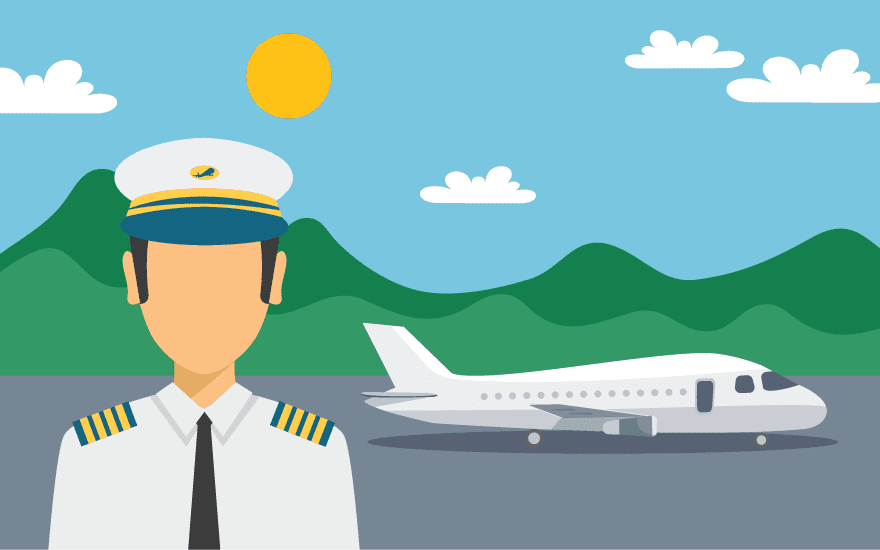Are you looking for a career that will take you to new heights? Have you always dreamed of soaring through the clouds as a pilot? If so, then this is the article for you!
Becoming a pilot can be an exciting and rewarding career path, but it requires hard work and dedication.
In this guide, we’ll walk you through the steps on how to become a pilot – from obtaining your private pilot license to choosing a career path and networking with potential employers.
So fasten your seat belt and get ready for takeoff into the world of aviation!
Obtain a Private Pilot License
The first step on the path to becoming a commercial pilot is obtaining your private pilot license. This license allows you to fly solo and take passengers with you. But it does not permit you to fly for compensation or hire.
To obtain your private pilot license, you’ll need to complete ground school from any flight school like Lookup Flight Academy. This is where you’ll learn about:
- aviation theory
- weather patterns
- navigation techniques
You’ll also need to accumulate a minimum of 40 flight hours. Some students may require more depending on their proficiency level. During your flight training, you will learn how to perform basic maneuvers such as:
- takeoff and landing
- ascending and descending climbs
- flight turns
Once proficient in these areas, your instructor will teach you advanced techniques such as emergency procedures and instrument flying. After completing your flight training requirements, it’s time for the final test. Upon passing this test, congratulations! You have earned your private pilot’s license!
Now you can start searching for private pilot jobs and explore which opportunities your career choice can bring you!
Build Flight Hours
With your Private Pilot License (PPL) in hand, it’s time to start building up those flight hours. You’ll need a minimum of 250 hours of flight time to qualify for the Commercial Pilot License (CPL). But don’t think that just hitting that quota is enough. Airlines and other employers will be looking for pilots with more experience.
One way to gain flight experience is through flying as a hobby. Take every opportunity you can get to:
- fly different aircraft
- practice new maneuvers
- improve your skills
Joining a flying club or finding like-minded individuals can provide access to planes at lower costs. Another option is becoming an instructor yourself. Building up flight hours takes time and commitment but it’s essential for advancing in this career path.
Obtain Additional Certifications
After obtaining a private pilot license and building flight hours, aspiring pilots should consider obtaining additional certifications to advance their careers. These certifications can provide valuable skills and knowledge that will make them more marketable to potential employers.
Instrument Rating
One certification option is the Instrument Rating (IR). It allows pilots to fly in low visibility conditions by relying on instruments alone. This certification requires additional training and passing a practical test with an examiner.
Multi-Engine Rating
Another option is the Multi-Engine Rating (ME), which enables pilots to fly aircraft with multiple engines. This certification includes both ground school instruction and practical flight training.
Airline Transport Pilot
Pilots interested in flying for commercial airlines may wish to obtain an Airline Transport Pilot (ATP) certificate. ATPs have higher experience requirements than other certifications, including at least 1,500 hours of total flight time.
Obtaining these additional certifications shows commitment and dedication towards advancing one’s aviation career.
Learn How to Become a Pilot
Being a pilot is a huge accomplishment and can be achieved through research, preparation, and education. Once you have completed the necessary steps on how to become a pilot, you can get behind the cockpit of a plane and soar the skies!
Visit our blog for more articles.
